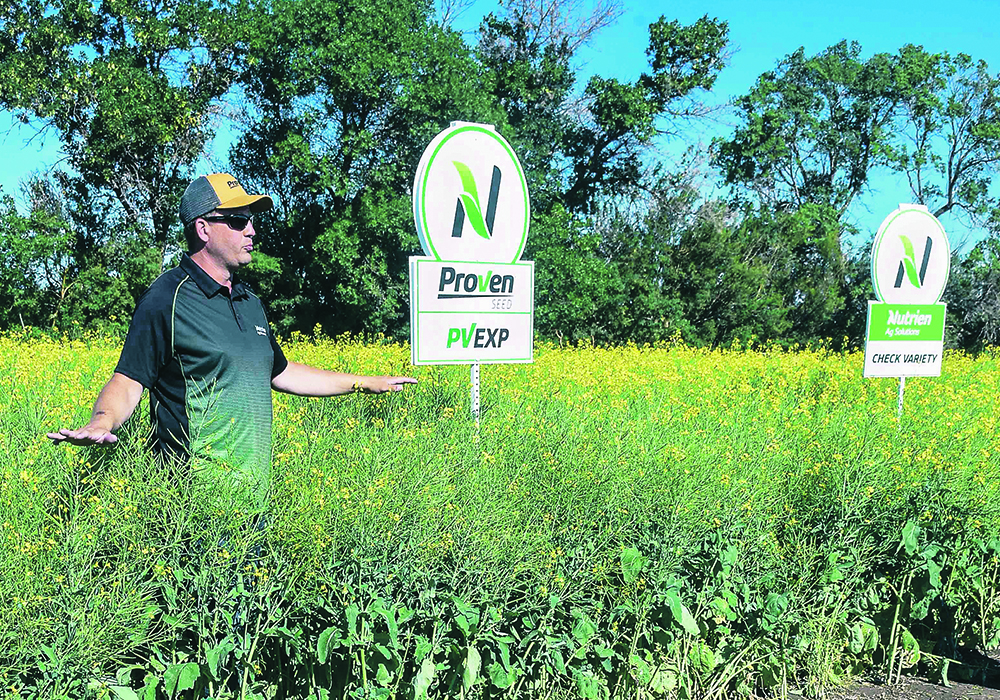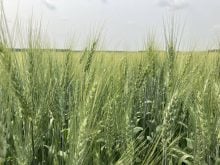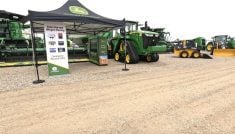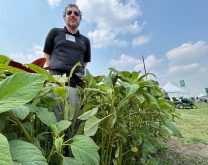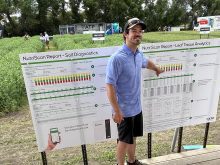Corporate, university and government programs use farm shows to bring their work to the general farming public
You couldn’t see much sign of blackleg around Scott Anderson as he stood chest deep in green plants with yellow flowers.
But on a microscopic level, it was all around him. After all, he was in the middle of Western Canada. Blackleg is a fact of life in most prairie canola fields.
The lack of visible blackleg problems has much to do with researchers breeding in resistance to the disease and putting varieties to the test on the other side of the world, in Australia, where blackleg infections are often much, much worse.
Read Also

Volatile temperatures expected for this winter
DTN is forecasting a lot of temperature variability in the Canadian Prairies this winter. Precipitation should be close to average.
“By going to somewhere where it’s really bad, it helps us prepare and keep ahead of it here,” said Anderson, the manager of field research for Nutrien Ag Solutions, after speaking to farmers and others visiting his company’s plots at the Ag In Motion site during the outdoor farm show held July 19-21 near Saskatoon.
Ag In Motion’s crop plots have become a popular attraction for most farmers visiting the sprawling three-day event, with most significant companies and some university and government programs showing off their best and newest varieties by planting them and demonstrating the mid-July results. The plots aren’t generally controlled to provide scientifically valid results, since farmers often walk among them and pluck examples to see plant and root growth, and the plots are often mowed down shortly after the show, but they provide a glimpse at what might happen.
Some of the plots are irrigated in dry years like this, while others are left to the mercy of the elements. It all depends on what the plots are trying to demonstrate.
With variety developers putting forward their best work, there are few freaky hybrids evident, although those often crop up early in the breeding process, before the best lines are selected. Especially with challenges like blackleg, developers often reach outside canola itself to find resistance in other brassica plants. That has included rutabaga and cabbage, among others.
Sometimes the right genes make the switch and create promising new canolas. Other times a bit too much of the non-canola makes the jump and creates a dead end.
“To get the desired resistance genes that you might want through conventional breeding and not present as still looking like its parent, you want to be able to transition those genes over and still have a plant that is canola with canola quality oil,” said Anderson.
This year has been a tough year for crop plot managers across the Prairies, with some areas like this too dry and others too wet. Crop production conditions are far from normal.
But that’s western Canadian farming and farmers got a chance to see hundreds of crop varieties growing in the sun, wind and rain during Ag In Motion.


